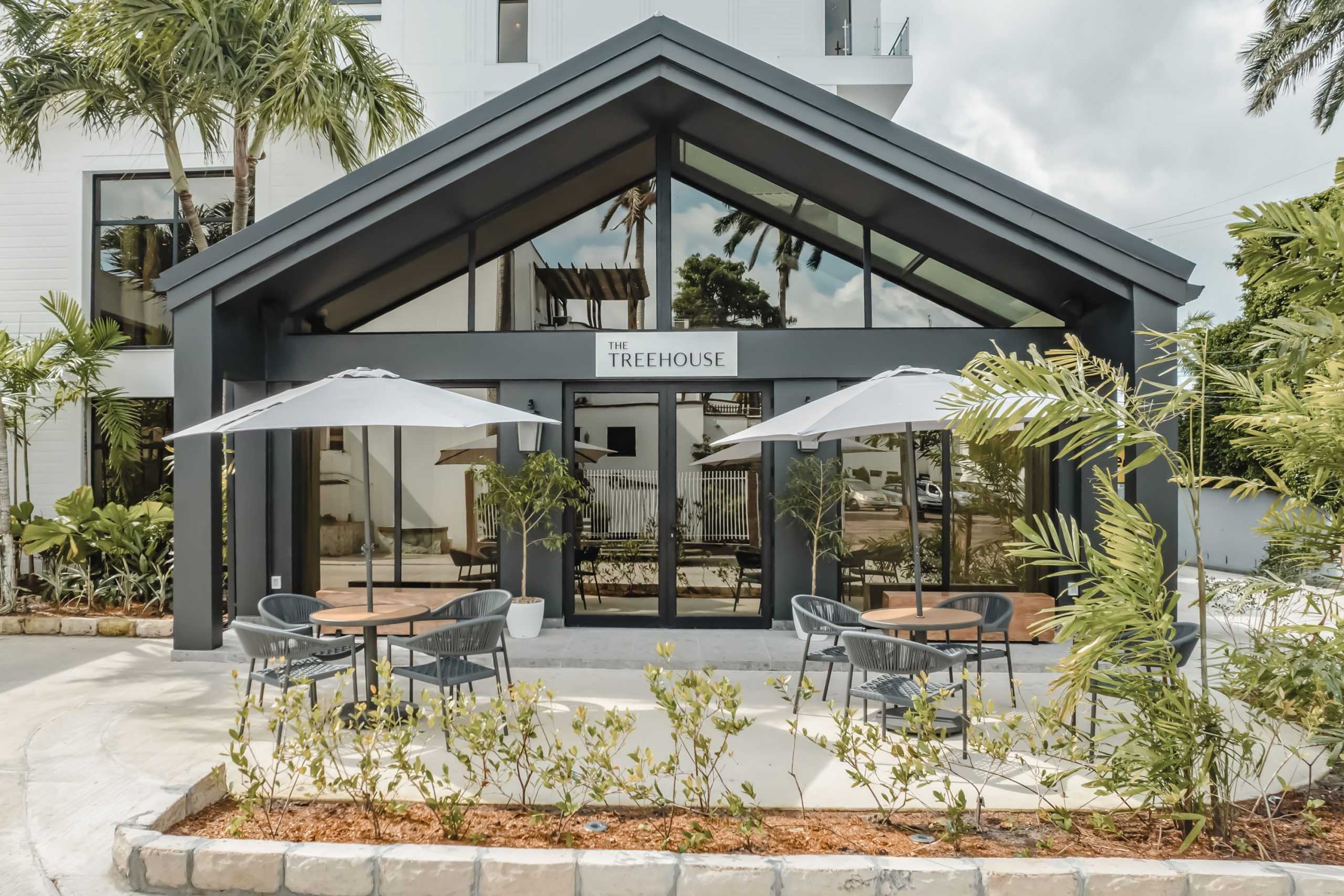on
BY SIMONE J. SMITH
Nestled on the eastern coast of Central America, is a hidden gem waiting to be discovered. With its pristine beaches, vibrant coral reefs, and lush jungles, this small yet diverse country is a haven for travelers seeking both adventure and relaxation.
Uncover the mysteries of the past as you wander through archaeological wonders, and watch history come alive with its impressive Mayan ruins. For underwater enthusiasts, this haven is a paradise. The Great Blue Hole, a world-renowned diving spot, invites you to explore vibrant coral reefs and a unique marine ecosystem.
Need to unwind? The island offers laid-back vibes, where you can relax in a hammock, soak up the sun, and enjoy the Caribbean breeze. Savor the flavours of the island’s cuisine; from street vendors to fine dining, the country’s diverse culinary scene offers a delightful mix of influences. Finally, for our fun loving couples and independent travellers, the breathtaking sunsets create the perfect backdrop for romantic moments, or quiet reflections.
Welcome to the island of Belize, an island that I haven’t had the chance to take a trip to yet but is most definitely on my bucket list. According to the Belize Tourism Board, Belize’s tourism sector has witnessed substantial growth in 2023, showcasing a resilient recovery after the pandemic. Overnight stays in 2023 experienced a remarkable 25% increase compared to the previous year, totaling 464,717.
December 2023, the country recorded the second-highest overnight tourist arrival for any given month in its history, welcoming a remarkable 55,574 visitors. This notable accomplishment underscores the destination’s allure and signals a positive trajectory for the tourism industry.
The positive momentum observed in 2023 serves as a testament to Belize’s enduring appeal and its ability to adapt to evolving travel dynamics. As the nation looks ahead, the tourism sector remains poised for further growth, offering an optimistic outlook for the industry’s continued recovery.
Belize City, the country’s bustling metropolis, is a melting pot of cultures and history. The historic St. John’s Cathedral, the Belize Museum, and the colorful street art in the downtown area provide a glimpse into Belize’s past and present. The city also serves as a gateway to the nearby Mayan ruins of Altun Ha and Lamanai.
Located in the Fort George neighborhood of Belize City, a new hotel brings a new, contemporary hospitality experience for discerning travellers to Belize, one that aims to revitalize the historic Fort George area, a hub for tourists, business travelers and cruise passengers.
Fort George Hotel & Spa offers the first upscale accommodations in Belize City. The hotel has a contemporary design concept with 34 newly built, well-appointed guest rooms and suites featuring natural woods and a light color palette inspired by the surrounding Caribbean Sea. Amenities include: a branded fitness center, plunge pool, The Treehouse restaurant, bar and lounge, and K’IN Spa.
Located less than a 30-minute drive from the airport, the hotel’s waterfront location is optimal to explore Belize City. Guests can visit downtown attractions including a local artisan market, tour ancient Mayan ruins such as Altun Ha or book a diving tour of the Belize Barrier Reef, the largest in the Western Hemisphere.
Today, the hotel’s new modern design concept delivers a fresh experience. The original Fort George Hotel & Spa has a long history dating back to 1953, when the Colonial-style hotel officially opened to the public. The opening marks the first step in the redevelopment of this historic hotel, with more enhancements to be unveiled later this year. The hotel experience will continue to expand following a complete refurbishment of the original hotel with the addition of 110 rooms, slated to open in phases through next winter.
“Belize City is known as a business center and serves as a hub for travelers on their way to explore other areas of Belize,” notes Edison Trapp, General Manager of Fort George Hotel & Spa. “However, the city is transforming where visitors are finding that Belize City has much more to offer: great dining, culture, and access to nearby activities. Fort George Hotel & Spa is poised to be at the center of this revitalization, and we want to showcase Belize City as a destination, not only as a stopover, but for those who want to stay and develop a deeper connection to the country and the Fort George area.”
As the only luxury hotel in Belize City, Fort George Hotel & Spa’s holistic approach to hospitality is centered on sophisticated design, elevated culinary offerings, and inspiring wellness with expansive accommodations, a destination restaurant, signature K’IN Spa, branded fitness center and plunge pool.
The hotel features 34 new Courtyard Deluxe Rooms and Suites with a contemporary design concept utilizing natural woods and a light color palette throughout. Furnishings and in-room amenities are designed for comfort and convenience. A highlight to these rooms is the spacious Penthouse Suites featuring a full kitchen and living room with views of the Caribbean Sea.
The Treehouse, a full-service restaurant, bar and lounge, serves dishes and drinks that blend bold international flavors and local tastes, tapping fresh, organic ingredients. A creative tapas menu features healthy options such as fresh-caught seafood and all-natural juices and smoothies named after local hot spots like Blue Hole and Caye Caulker. Three distinctive private dining spaces are available, including an intimate, glass-enclosed private dining room for 12 guests, main dining room with seating for 20, and indoor lounge where towering trees create an ambiance reminiscent of a whimsical treehouse seating 30 guests.
Ready for some relaxation and rejuvenation, K’IN Spa is designed to elevate body, mind, and spirit, with head-to-toe spa experiences including facials, body polishes, wraps, massages and nail services, as well as a health-focused snack and drink menu tailored to meet wellness needs.
Signature treatments inspired by the surrounding locale include: the Seaside Symphony Facial, featuring a high-potency marine mask, and the Revitalizing Sea and Sun Recovery Body Wrap. Indulgent two-to three-hour packages provide the ultimate spa experience combining the most popular experiences, services, and treatments, such as the Fort George Serenity Package that includes the Serene Flow Massage, Seaside Symphony Facial and Exfoliating Coco-Coastal Wrap.
Belize it is! Adventure, history, relaxation – this place has it all.
Stay in the loop with exclusive news, stories, and insights—delivered straight to your inbox. No fluff, just real content that matters. Sign up today!
We, as humans are guaranteed certain things in life: stressors, taxes, bills and death are the first thoughts that pop to mind. It is not uncommon that many people find a hard time dealing with these daily life stressors, and at times will find themselves losing control over their lives. Simone Jennifer Smith’s great passion is using the gifts that have been given to her, to help educate her clients on how to live meaningful lives. The Hear to Help Team consists of powerfully motivated individuals, who like Simone, see that there is a need in this world; a need for real connection. As the founder and Director of Hear 2 Help, Simone leads a team that goes out into the community day to day, servicing families with their educational, legal and mental health needs.Her dedication shows in her Toronto Caribbean newspaper articles, and in her role as a host on the TCN TV Network.












